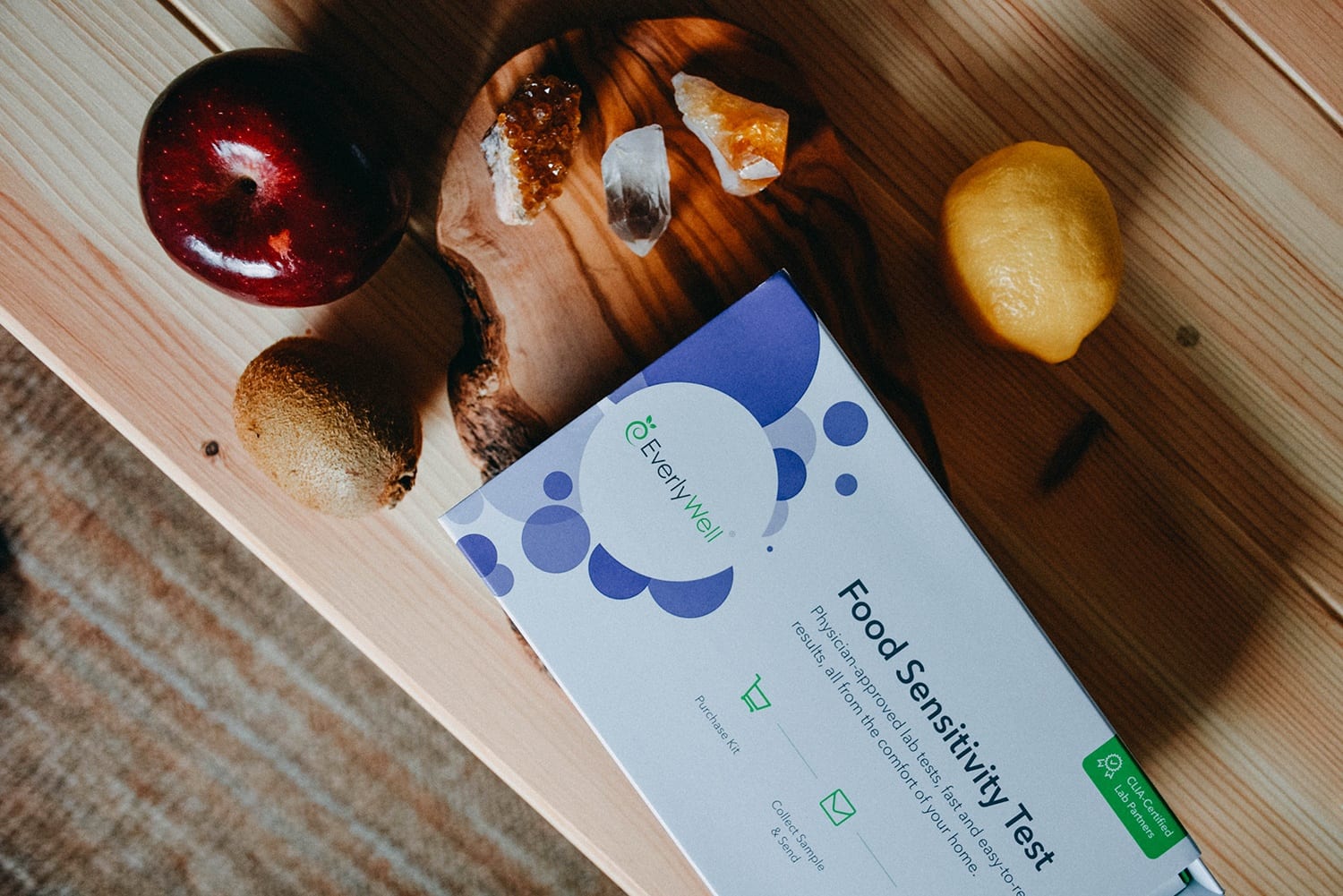
Modern medicine is truly amazing. For example, did you know that you can take a food sensitivity test, right in the comfort of your very own home? You can and it’s awesome. And if your first reaction is “but I don’t have any food allergies”, then it’s time to dig a little deeper. Sensitivities and allergies are not the same, and more folks are affected by food sensitivities than you may think.
Food sensitivities are different than food allergies. While food allergies immediately produce an anaphylactic response on the body (swelling tongue, hives, difficulty breathing, etc), food sensitivities typically instigate a delayed reaction, making them more difficult to identify. If you’re mystified by certain bodily symptoms, including random weight gain, food cravings, IBS, bloating, exhaustion, acne, headaches, swollen skin, or other chronic ailments, you might have a food sensitivity.

How do you know if you have a food sensitivity?
Up until now, one of the most common ways to identify a food sensitivity was with an elimination diet. This is a method of eating when you eliminate all of the most common inflammatory foods from your diet and add them back in one at a time to in an effort to see if you have a reaction. It can take a while, making it inconvenient for folks who are on tight time schedules or who are constantly on the go.
Or you can do what I did and take a food sensitivity test. I got mine from EverlyWell and was pretty psyched about it. I’ve had my struggles with food (I already know that gluten and I don’t get along), but I’ve also had a few random symptoms pop up over the past few years, and with little understanding as to why. They were so much a part of my life that I eventually just wrote them off as being part of my body. I’m sure I’m not the only one.
One of the reasons I was particularly excited for this test was because the skin on my face (especially underneath my eyes) tends to puff up. I started sleeping more and cut out caffeine and yet the puffiness remained.
How does it work?
Pretty simply, actually. The food sensitivity test arrives at your home. You prick your finger (it doesn’t hurt, I promise), and send it off to be analyzed, which is way more convenient than going to a doctor’s office and sitting on uncomfortable crinkly sheets. I also appreciated that it was free to send the test back, as shipping can cost a pretty penny. In a few days, I was able to login to EverlyWell’s site and see my results.
What does it test for?
Get ready for this: 96 foods. Everything from bananas to peaches to peanuts is considered. Once you get online, you can see what you tested for. Foods are categorized by High Reactivity, Moderate Reactivity, and Low Reactivity. Obviously high reactivity are the foods you’re sensitive to.
What I found out
Ready for my results? I was highly reactive to egg whites and moderately reactive to egg yolks and bell peppers. And while I was bummed to say goodbye to my Western Omelets, I was thrilled to have garnered an idea of what could have been ailing me, and potentially contributing to my puffy under eyes.
Literally within days of cutting out eggs I noticed a huge difference in my skin. Not only was it less puffy, but it was clearer and smoother. I also had a list of mild reactivity to things like bananas, kale, and dairy milk, so it was good to note that it was best for me to consume those things in moderation.
At the end of the day, the food sensitivity test was a great and convenient tool to allow me to tap into my body and learn more about what it does and doesn’t need. By establishing this connection to our physical selves, we’re more prepared (and it’s way easier) to give your body the love it needs.
In partnership with EverlyWell
Knowledge is Power. EverlyWell offers our community a better way to discover their health- as people, not patients. We make at-home lab testing easy and insightful with simple sample collection, pre-paid shipping to certified labs, and physician-reviewed results to your inbox. How will you elevate your wellness journey with EverlyWell?
